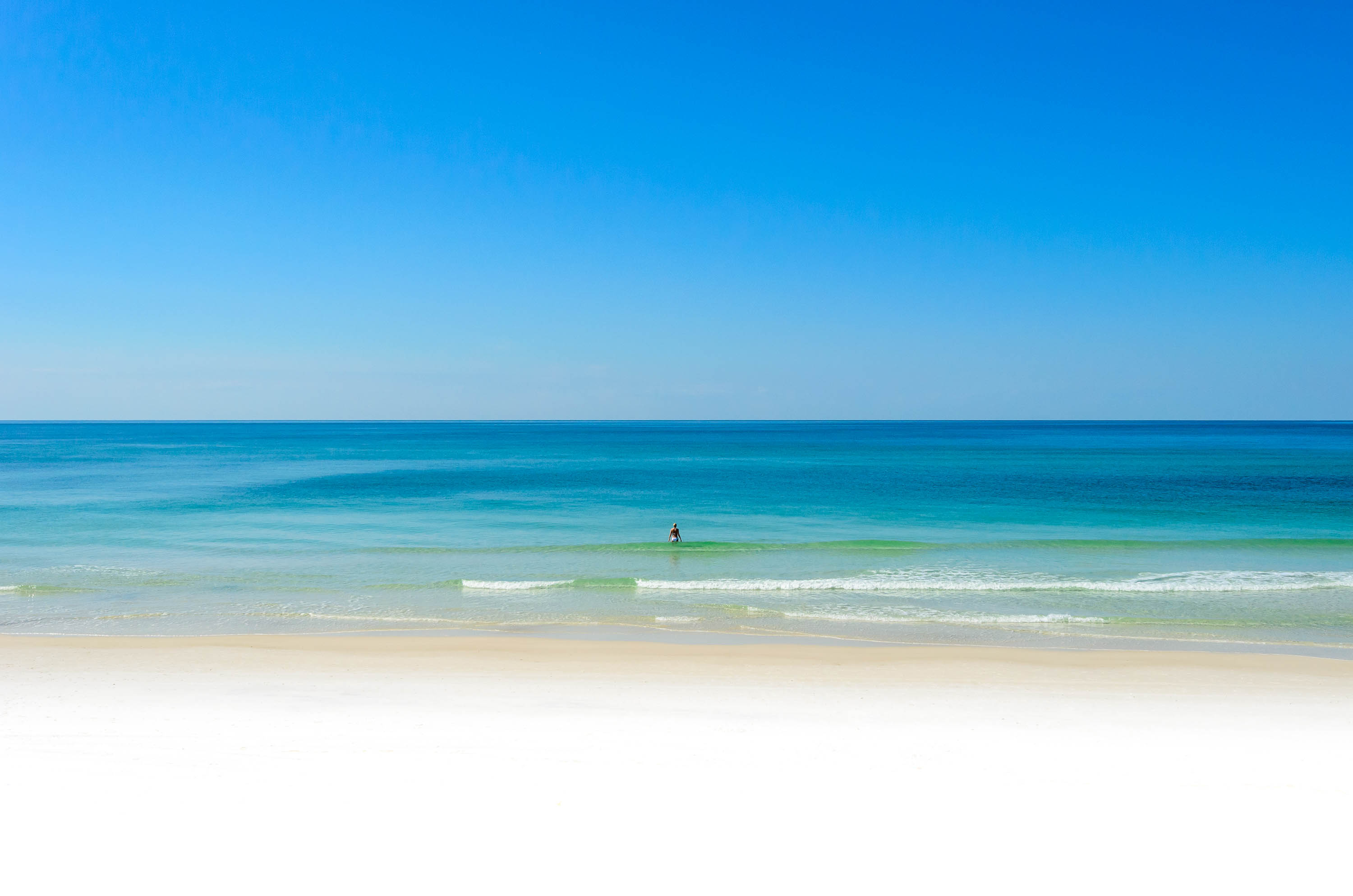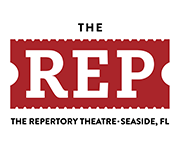We built our 3300 sf house in a Boston suburb 10 years ago, and believe it or not were told it was too small for the neighborhood (average size in our neighborhood is 6000-7000 sf ). Our house was architect designed, the spaces all flow, and it has "curb appeal" from some of the nice touches the architect added. We put it on the market 2 months ago and it sold within a month. There are 3 other houses within a block that have been on the market for over a year. One of them was only priced a little more than ours, and is 6000 sf. The owners of that house actually approached our agent and said "I don't understand why they didn't buy our house-it's so much bigger!"
It seems to me that this McMansion trend is an exercise in circular logic, where the initial builder and subsequent buyers require features that they don't need but think some future buyer will want. People build as much space as they can afford, because the "investment" part of the home purchase says the bigger the better, right? Then they add features that they never even plan on using (when's the last time you used your whirlpool tub?) because "buyers in this price range will expect it". They scrimp on things that actually make a house more livable, but that don't add square footage, like using an architect, adding porches, and adding exterior finishes that make a house look inviting. Then at the end, they're out of money so half the rooms end up undecorated and unused.
This kind of thinking is perpetuated by listings that compare prices per square foot, particularly in developments like Watercolor or Rosemary. It implies that the houses are otherwise identical, so you should simply buy the one that has the cheapest price per square foot. Instead, buy the one that you like, and that works for you. Chances are, when the time comes to sell, you'll find someone else who likes it too.


 will allow.
will allow.Can't wait to see that bill





